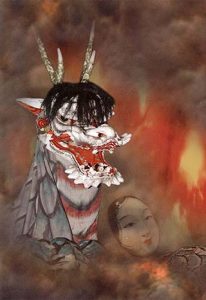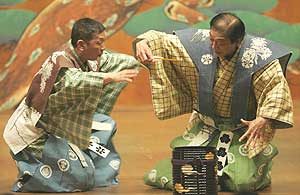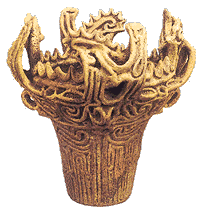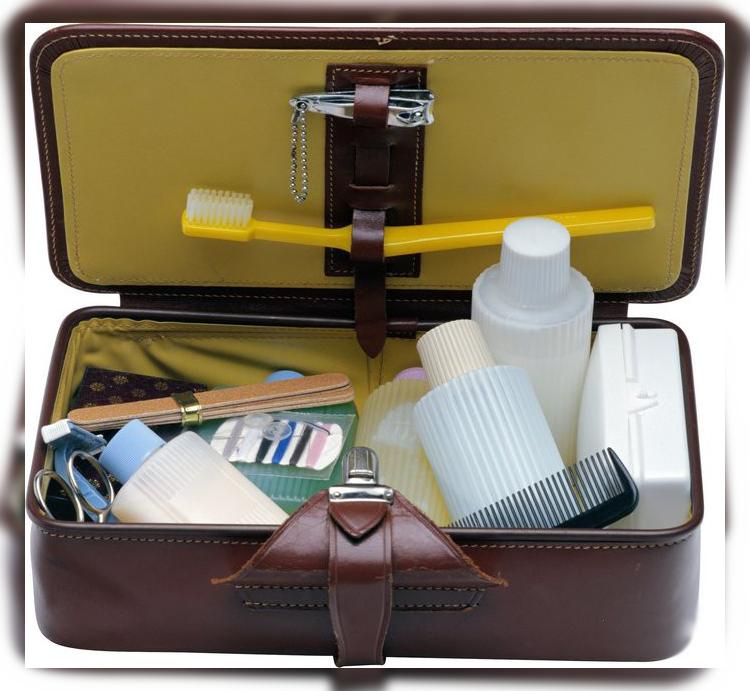beings standing
A LITTLE ABOUT CAGURA
 The Japanese term “Kagura” consists of two characters, the first of which means “Divine”, “sparkling”, and the second – in this context – “music”. This is the name of cult performances, known in Japan since the 7th century, performed at first near the Kagu-Yam mountains. Once it was an active volcano, then metal was mined here. The land of Kagu-Yam was always considered sacred and used in fortune-telling. According to legend, the Kagu-yama fell from heaven to earth and, thus, is not just the venue for the first ritual performances, but is actually connected with the events of the ancient mystery.
The Japanese term “Kagura” consists of two characters, the first of which means “Divine”, “sparkling”, and the second – in this context – “music”. This is the name of cult performances, known in Japan since the 7th century, performed at first near the Kagu-Yam mountains. Once it was an active volcano, then metal was mined here. The land of Kagu-Yam was always considered sacred and used in fortune-telling. According to legend, the Kagu-yama fell from heaven to earth and, thus, is not just the venue for the first ritual performances, but is actually connected with the events of the ancient mystery.
The performance is a vivid sight, colorful pantomime, accompanied by playing the drums and flute (sometimes – singing). Subsequently, the use of kagurs was transferred to special sites in front of Shinto temples.
In essence, Kagura is a theatrical parable, allegorically revealing the relationship of man and nature. The Japanese have always been trusting-reverently treated nature, with a heightened sense of the deep, sometimes hidden meaning of the environment. Hence the attention to everything that happens, where there is nothing worthy of interest. Not surprisingly, in Japan there are many holidays associated with the change of seasons, which are elevated to the degree Continue reading
MIN TANAKA: DANCE OF THE WORLD
 The building of the Theater School of Dramatic Art Theater on Sretenka is not just a wall. This is a huge bright space, getting into which, a person immediately becomes an object of art. Architecture (one of the authors of the project is the Artistic Director of the Theater Anatoly Vasiliev) is designed so that anyone who appears there feels as if in the arena, on the podium, and it is not by chance that the white walls do not imply approaching them, it is no coincidence that there are no chairs along walls. You must perforce move, climb and descend through the numerous ladders, getting onto balconies and platforms, every second building your relationship with space, with an echo from your voice and steps. The theater has already begun. Continue reading
The building of the Theater School of Dramatic Art Theater on Sretenka is not just a wall. This is a huge bright space, getting into which, a person immediately becomes an object of art. Architecture (one of the authors of the project is the Artistic Director of the Theater Anatoly Vasiliev) is designed so that anyone who appears there feels as if in the arena, on the podium, and it is not by chance that the white walls do not imply approaching them, it is no coincidence that there are no chairs along walls. You must perforce move, climb and descend through the numerous ladders, getting onto balconies and platforms, every second building your relationship with space, with an echo from your voice and steps. The theater has already begun. Continue reading
ABOUT KOGEN THEATER
 The Kyogen Theater, of which we are actors, is the oldest theater in Japan. Perhaps you can even say that this is one of the oldest theaters in the world. They say that Kyogen was born 600 years ago, and during these 600 years, the performances of the Kyogen theater are constantly played without interruption. But the Kyogen that you will see now, it is not played in exactly the same form as it was 600 years ago.
The Kyogen Theater, of which we are actors, is the oldest theater in Japan. Perhaps you can even say that this is one of the oldest theaters in the world. They say that Kyogen was born 600 years ago, and during these 600 years, the performances of the Kyogen theater are constantly played without interruption. But the Kyogen that you will see now, it is not played in exactly the same form as it was 600 years ago.
The fact is that our ancestors watched the performances of the Kyogen theater in the same way, with the same mood as you are watching, for example, modern performances, television programs or film programs. Just like today, in a modern theater, then themes changed every day, the performances played by the actors changed. And for 200 years, the Kyogen Theater has remained such a modern theater, the Continue reading




